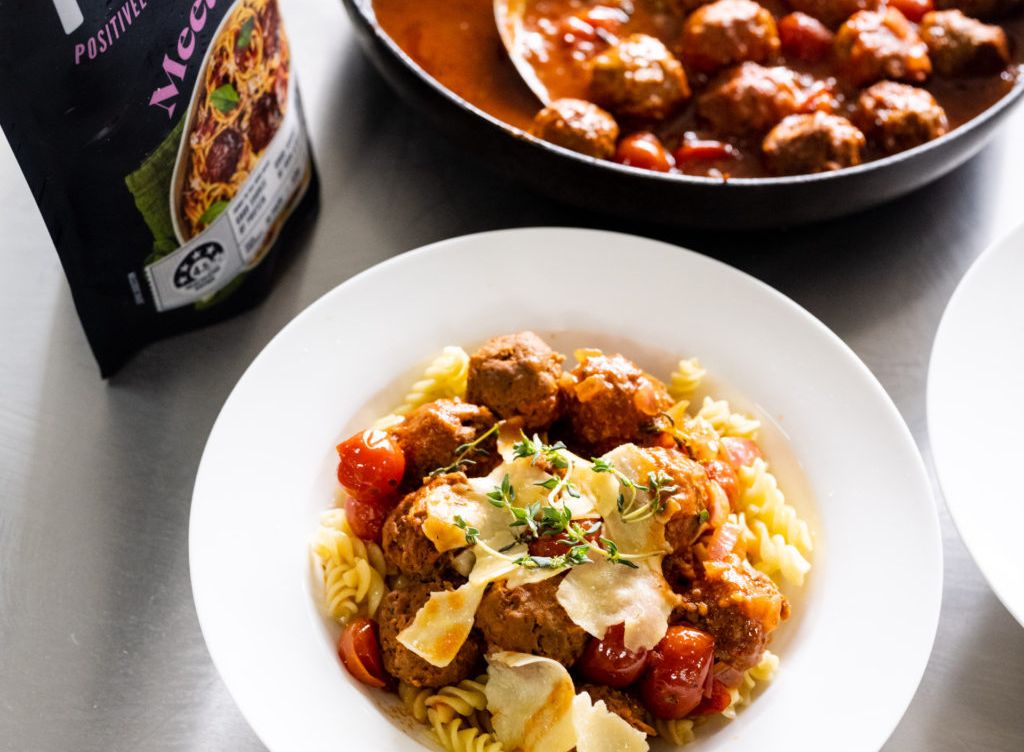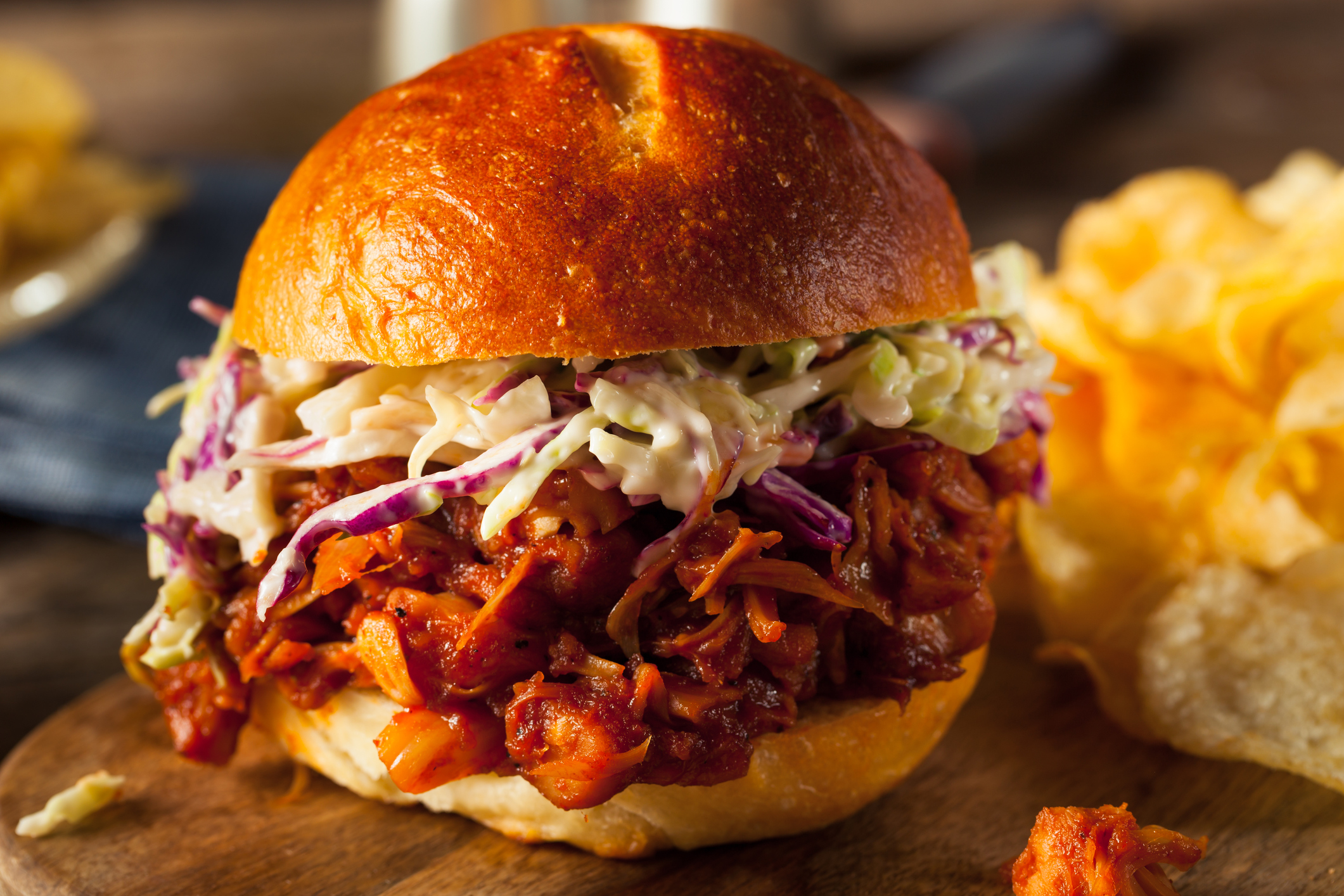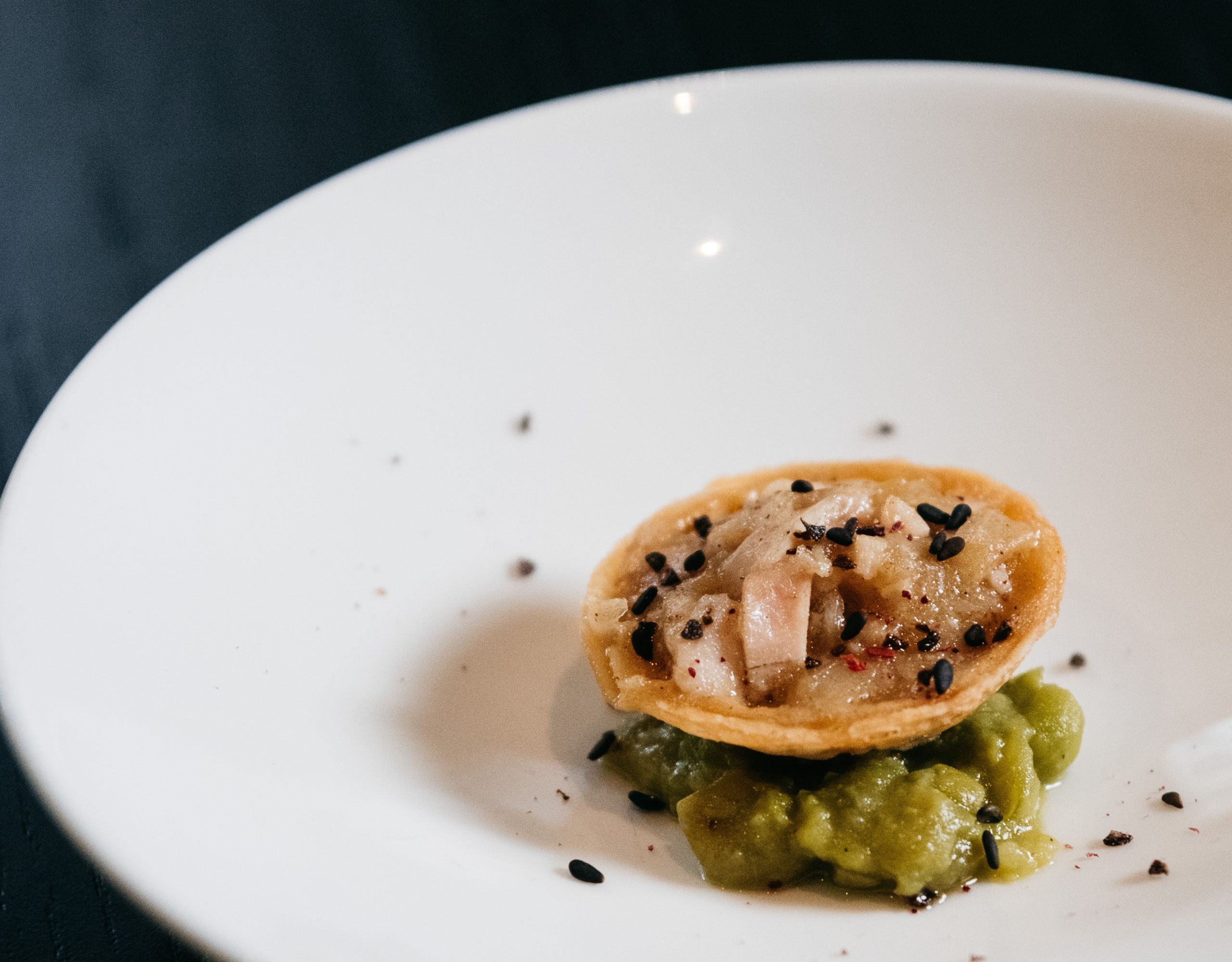About Alternative Proteins

Meat is the centrepiece of so many meals; it is tasty, familiar and easy to prepare for busy families. For the growing number of people who are reducing their meat intake and seeking a new centre-of-plate protein, alternative proteins can provide the nutritious, convenient and familiar foods they’re after.
Around the world, entrepreneurs, chefs and scientists are creating delicious burgers, meatballs and fillets using plant proteins, precision fermentation or cellular agriculture technologies, allowing us to enjoy our favourite foods, with fewer health and environmental impacts. These options offer a new, expansive vision for how to feed a growing world.
Plant-based meat
A growing number of food start-ups and established industry players alike are harnessing plants and food technology to create plant-based meat products that taste, smell and cook like conventional meat, with fewer adverse impacts. Beyond legacy products like Tofurky, which came about in the 1980s for people who follow a meat-free lifestyle, a new generation of hyper-realistic products has emerged in recent years, designed to satisfy even the most avid meat-lovers.
Fundamentally, meat is a combination of proteins, fats, trace minerals and water – nutrients that are also found in plants. Chefs and food scientists derive these same components from plants such as legumes, oilseeds and vegetables, and combine them to create the taste, texture and overall experience of meat that we’ve come to know and love. The result is plant-based meats that satisfy growing demand amongst people seeking nutritious and sustainable plant-based protein options in familiar, convenient formats.

Traditional meat alternatives
Meat alternatives have been around for millennia, with tofu being promoted as “mock lamb chops” in China as early as 965CE and products like Sanitarium’s Nutmeat launching in the 20th century. Traditional meat alternatives are typically composed of mostly whole ingredients, like whole grains, vegetables and legumes. These products are generally marketed to vegetarians and are not designed to replicate meat. This category includes foods long considered to be meat alternatives and made primarily of one ingredient, including tofu, tempeh and falafel, as well as products that combine whole ingredients, such as a lentil burger.

Wholefood mimics
Various fruits and vegetables have naturally occurring characteristics that offer a meat-like appearance, texture or utility, making them simple alternatives to conventional meat. These wholefood mimics are becoming increasingly popular in culinary settings for their meaty characteristics. Jackfruit has become more widely used for its textural similarities to pulled pork, and banana flowers are gaining the attention of chefs and consumers for having a flaky texture not unlike fish fillets. Certain kinds of mushrooms also become firm and fleshy when cooked or dried.

Entrepreneurs, scientists and chefs are harnessing the power of biology to cultivate animal products from cells. The science behind cultivated meat and precision fermentation can enable us to create the same animal products consumed around the globe for thousands of years, in a new, more efficient and safer way than industrial animal farming or fishing.
Cultivated meat
Cultivated meat, also known as ‘cell-based meat’ or ‘cultured meat’, is meat, grown directly from cells. Cultivated meat and other cultivated products like seafood are created by mimicking the biological process of cell growth that happens within an animal, enabling us to create these foods directly from animal cells.
A sesame-seed-size sample of cells from an animal is placed in a cultivator, and those cells multiply inside the cultivator when fed nutrients such as proteins, carbohydrates, and fats, in an ideal controlled environment.
The result is cultivated meat, identical to components of conventional meat at the cellular level (fats, muscle) but free of pathogens and faecal contaminants, and with the potential to be produced with a smaller environmental footprint. Genetic modification isn’t required. At scale, cultivating meat looks less like a laboratory and more like a beer brewery, with meat grown in large steel cultivator tanks.

Products of precision fermentation
Fermentation is a powerful, flexible biological process using microorganisms to produce, or enhance, alternative protein products.
Fermentation has been used in food production for millennia. Precision fermentation is a slightly newer technology, used for decades to make products such as rennet for cheese and vitamins such as B12 for nutritional supplements and fortified processed foods.
More recently, enterprising food companies around the globe are using precision fermentation to produce animal foods without the ongoing requirements of animals. Precision fermentation efficiently creates functional ingredients such as animal fats and proteins that can be used to add flavour and nutrition to plant-based meats, or to create dairy products such as cheese.
Precision fermentation uses microorganisms, such as yeast, and the process of fermentation to grow these functional ingredients. To do this, the genetic code from an animal is introduced into a microorganism, which is then fermented to produce an end product such as protein and fats. Precision fermentation can also be used to create enzymes, flavours, vitamins and pigments for use across a variety of foods.
